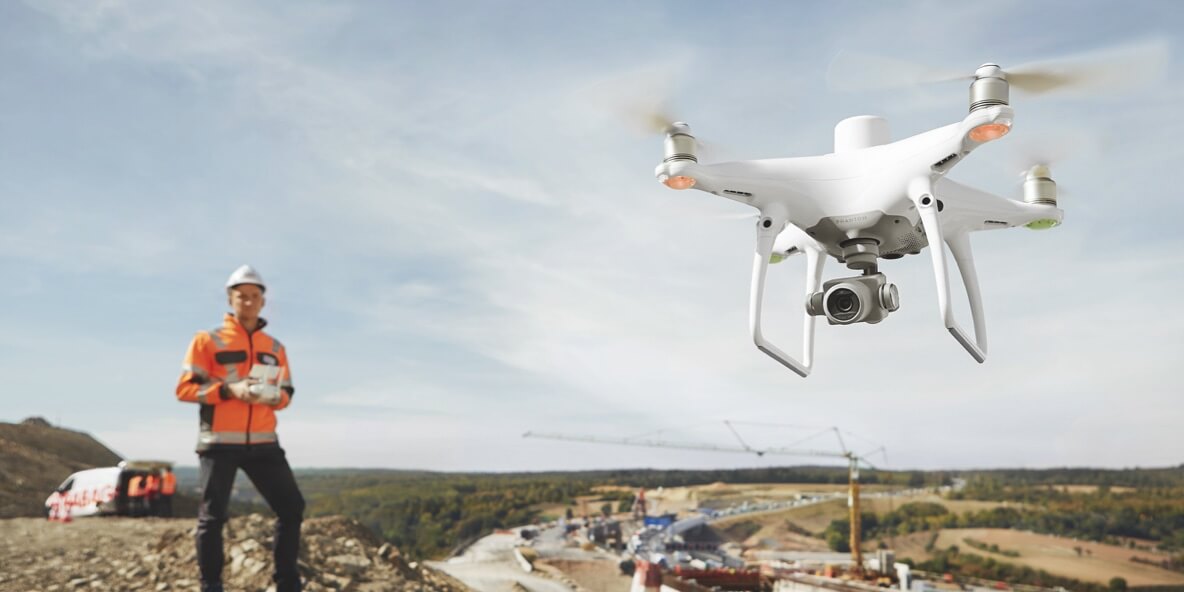More from gicofam234@konetas.com qaz
More in Politics
Related Blogs
أرشيف
حصة الاجتماعي
Topographical Surveys: Minimizing Disruption in Site Plans with Quality Data Collection
الجسم

Topographical surveys play a crucial role in the planning and execution of construction and infrastructure projects. These surveys provide detailed data on land elevations, contours, and physical features, allowing architects, engineers, and developers to make informed decisions. However, the collection of this data can sometimes cause significant disruptions, especially in sensitive or heavily trafficked areas. By combining modern drone survey technology with advanced tools, these disruptions can be minimized, leading to more efficient and accurate project planning.
The Importance of Topographical Surveys in Site Plans
Topographical surveys are essential for understanding the physical characteristics of a site. These surveys help in identifying potential challenges such as uneven terrain, water flow patterns, or the presence of vegetation, all of which can impact the design and construction phases of a project. Traditionally, topographical surveys were conducted manually by surveyors using various instruments like theodolites and total stations, which required a physical presence on-site for extended periods.
Manual surveys, while accurate, often require the temporary shutdown of certain areas to ensure the safety of workers. This can disrupt daily activities, particularly in urban environments or on sites that are already in use. The manual method can also be time-consuming and prone to errors due to human limitations.
The Role of Drone Technology in Minimizing Disruption
- By incorporating drone technology into topographical surveys, many of the challenges associated with manual data collection can be mitigated. Drones equipped with high-resolution cameras and GPS technology can quickly capture detailed aerial images and data, significantly reducing the amount of time needed to complete a survey.
- Drone surveys minimize the need for workers to be physically present on potentially hazardous or hard-to-reach areas, reducing the risk of accidents and ensuring safety. Additionally, since drones can cover large areas in a relatively short amount of time, they can conduct surveys without causing significant interruptions to ongoing site activities. This makes them particularly useful in high-traffic areas like airports, highways, and urban development zones.
- The data collected by drones can be processed into highly accurate 3D models, contour maps, and digital elevation models (DEMs), providing engineers and planners with a detailed representation of the terrain. These models can be used to create precise site plans that account for all existing features, helping to avoid costly design errors and project delays.
Combining Drone Technology with Advanced Survey Tools
While drones offer significant advantages, their effectiveness is greatly enhanced when combined with advanced survey tools such as geographic information systems (GIS) and light detection and ranging (LiDAR) technology.
LiDAR
LiDAR is a remote sensing method that uses laser pulses to measure distances to the Earth's surface. When mounted on drones, LiDAR systems can create highly detailed 3D models of the terrain, even in areas with dense vegetation or other obstructions that may hinder visual surveys. This allows for more accurate data collection, which is critical for projects that require precise elevation information, such as flood control or drainage planning.
GIS
GIS, on the other hand, allows for the integration of various types of data into a single, easy-to-use platform. By combining topographical data from drone surveys with other geographical data, such as land use patterns or soil composition, engineers can create comprehensive site plans that take all relevant factors into account. This leads to more efficient land use and better decision-making throughout the project lifecycle.
Conclusion
Topographical surveys are critical for successful site planning, but traditional methods often cause disruptions and safety concerns. By embracing drone technology and integrating advanced tools like LiDAR and GIS, the surveying process can be made faster, more accurate, and less intrusive.
This not only improves the efficiency of data collection but also ensures that site plans are based on reliable, high-quality data. The combination of drones and modern survey tools is transforming how topographical surveys are conducted, ultimately leading to more successful project outcomes with fewer disruptions.











تعليقات